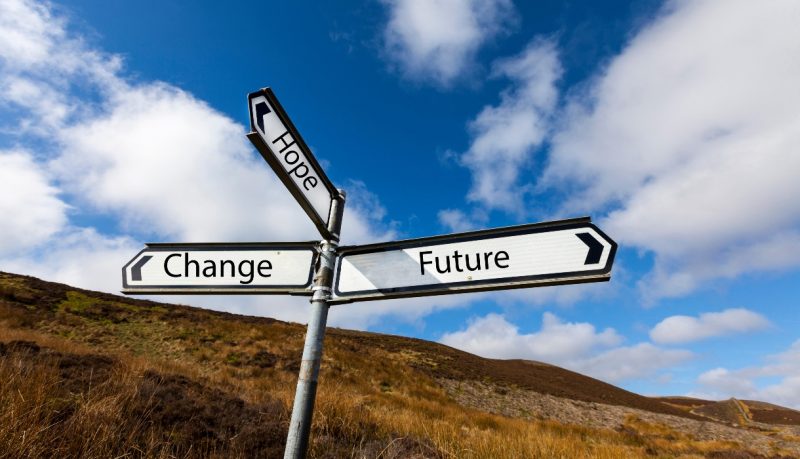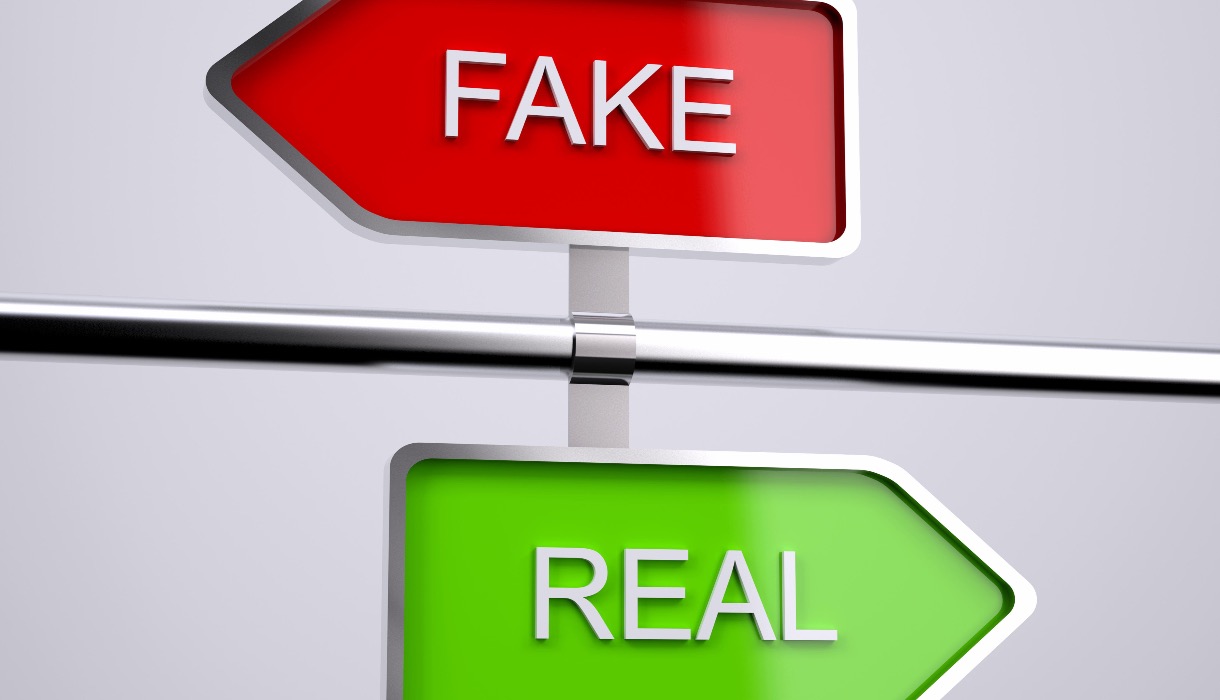It’s an indisputable fact that sales of luxury fur and leather products have been increasing year on year. But, while economics may highlight the appetite for luxury goods made of natural fabrics are on the rise, the lexicon is that economics aren’t always an accurate representation of societal attitudes. A recent study conducted by Morning Consult, comprised of a survey of 2,000 British and American residents about their opinion on natural leather, concluded that consumers negative attitudes towards natural leather were on the rise, mirroring a similar attitude towards natural fur. But what does this mean? As the fashion industry evolves, who will come out on top in fashion’s natural (or unnatural) selection?

In a bid to become more sustainable, fashion brands are exploring a plethora of avenues, primarily focusing on materials. This is why brands like Stella McCartney reject natural fabrics like fur and leather in favour of plastic alternatives including faux fur and faux leather. Brands who use synthetic materials would argue that synthetics are more environmentally friendly because they don’t rely on farming and feed which contributes to CO2 emissions, and don’t harm animals in their harvesting of fabrics making them ‘vegan’ and ‘cruelty-free’. This is in contrast to brands like Fendi who continue to pioneer responsibly sourced natural fur and leather. Brands who use natural materials would counter the above arguments stating natural materials are more durable than their synthetic alternatives – lasting decades longer and biodegrading within six-months – as opposed to plastic fabrics which take thousands of years to decompose – killing millions of animals and organisms in the latter part of their short lifecycle. The truth is, there are solid arguments on both sides of the natural fashion debate when it comes to the environment, which in reality creates a very complex landscape for brands to navigate.
Natural materials like leather and fur have been synonymous with luxury fashion since forever. In fact, for a second consecutive year, the sales of personal leather luxury goods are expected to grow faster than the entire luxury goods sector as a whole. Yet, this is isn’t reflected by Morning Consult’s survey which begs the question: could a shift in consumer opinion mean trouble for leather producers? The Morning Consult survey was shared exclusively with Vogue Business who reported 37% of people in the UK and 23% of people in the US think leather is either a “somewhat or very inappropriate material,” with over 20% of participants in both countries saying they had changed their mind about leather in the last 5-years (however, the poll did not specify in which direction opinions had shifted). Similarly, participants were questioned about natural fur with findings mirroring that of natural leather. According to Morning Consult, two-thirds of British adults and 47% of US adults deem natural fur an inappropriate material.

While at first glance these statistics may be overwhelming, much can be said about the polling methodology of Morning Consult’s survey, in particular the watering down of complex topics into blunt and simple questions. Additionally, much of these findings can be challenged by the British Fur Trade Association (BFTA) who similarly conducted their own populous polling survey on 2000 people in June 2019 with much different outcomes. The BFTA found that the overwhelming majority of people in the UK (78%) are content to both consume and wear products originating from animals. The BFTA also found people aged 18-24 are more likely to buy natural fur if it comes from ethical sources compared to all other age groups. These two surveys are not only different in terms of questioning, but they also differ in terms of outcomes, in particular, highlighting an age divide in opinions.
Both halves of the debate (natural vs synthetic) would argue they’re on the morally correct side of fashion who have woken up to sustainability. However, while Morning Consult propose a shift towards cleverly marketed synthetic materials, it appears these manmade fabrics haven’t captured the next generation – the most environmentally conscious to ever exist. Faux leather and faux fur comes at a huge environmental cost. The two most popular synthetic alternatives for faux leather are polyurethane and polyvinyl chloride which must undergo significant chemical processes involving toxics that derive from fossil fuels to make them as flexible as natural leather. This means during the production of faux leather, ash, nitrogen and carbon are all released into the atmosphere contributing to climate change and in particular acid rain. Nonetheless, this doesn’t stop brands like Topshop releasing a PETA approved vegan leather shoe collection (April 2019).
However, Highstreet can’t compare with the sustainability and craftmanship of high fashion. This is why many brands who still invest in natural fur and leather, in a bid to avoid the pitfalls of both natural and manmade materials, are developing bio fabrics. In September this year (2019) Frumat leather, made from apple peel, won the Green Carpet Challenge Awards in Milan, while mushroom leather, colloquially known as Mylo, was showcased by Bolt Threads in 2018. However, while lab grown fabrics are welcomed by the fur and leather industry since they are not petroleum or crude oil based polymers, the development of these alternatives are still in their infancy and nowhere near the commercial availability or affordability needed to rival the luxurious real thing or the readily available cheap plastic alternatives.

As the title of this article reads: Fur Today, Leather Tomorrow? Fashion’s Unnatural Selection, it appears the fashion industry is undergoing a period of rapid transformation for the worst. Whether you’re buying natural, fake or lab-grown fur or leather, consumers need to have a conversation with themselves about the impact of their consumption. It is a fact that natural materials have less negative environmental impacts compared to synthetic materials. And while bio-fabrics may be the future in fashions (un)natural selection, production levels are nowhere near where they need to be to rival natural and synthetic alternatives. But what can you do? Well, shop brands who genuinely care about the environment, the products they produce and have transparent supply chains, so you are confident in the goods you are shopping. The best we can all do is educate ourselves and make informed decisions.





